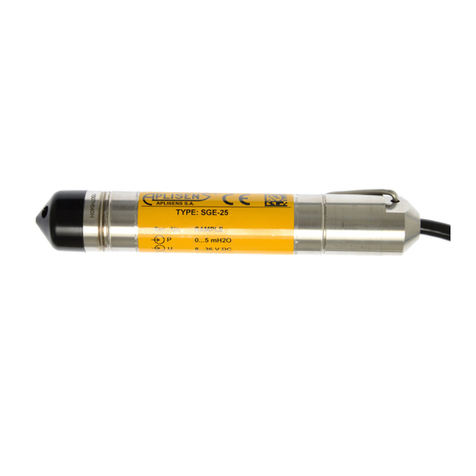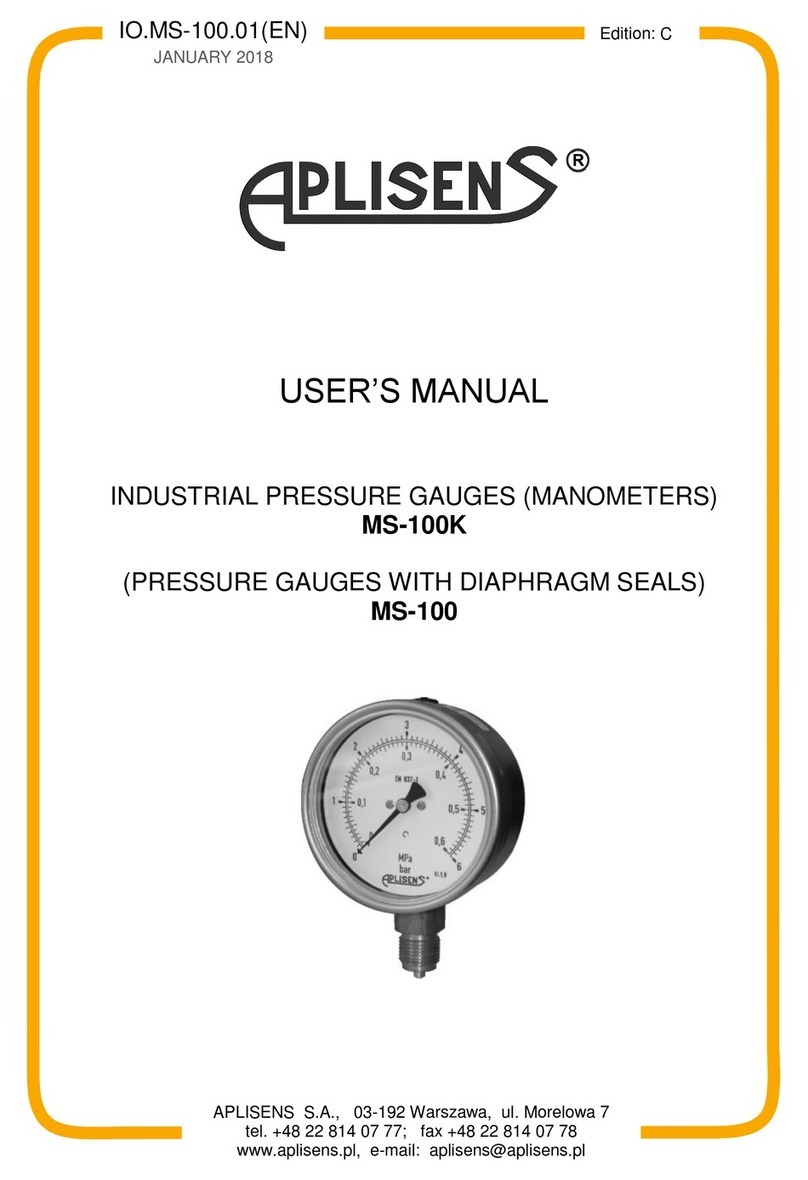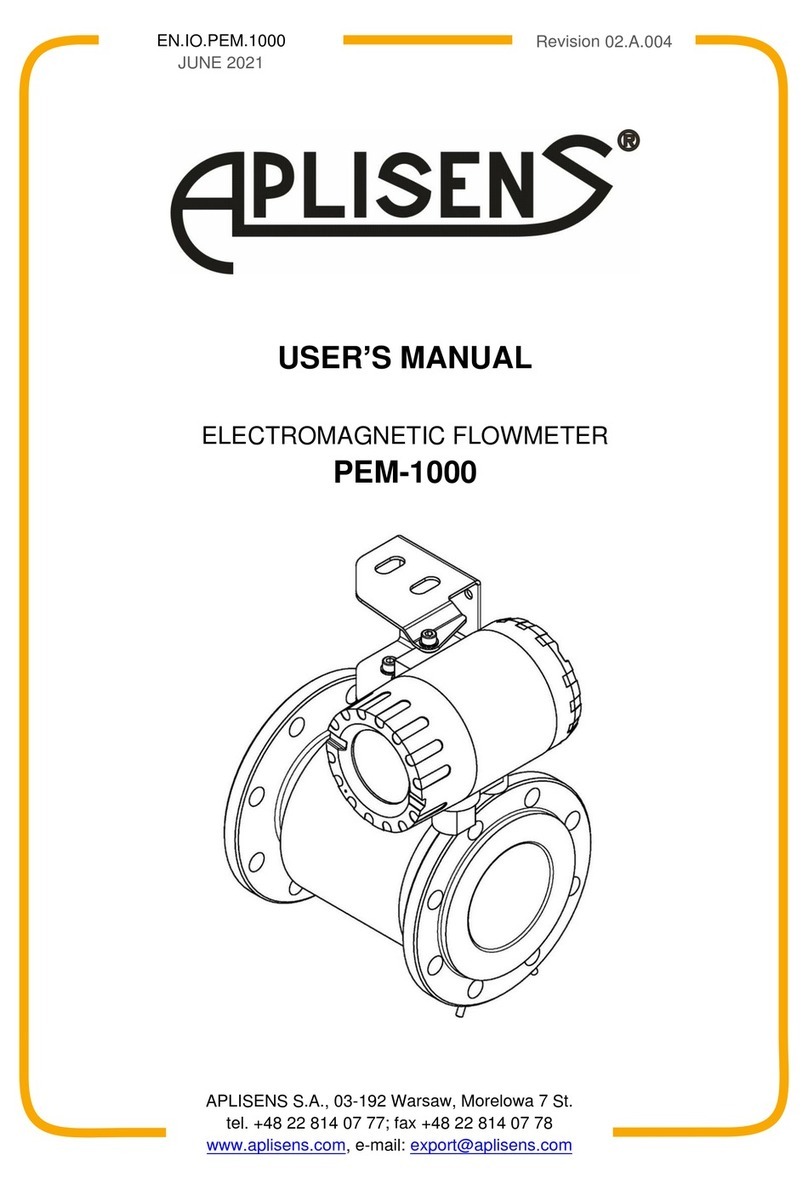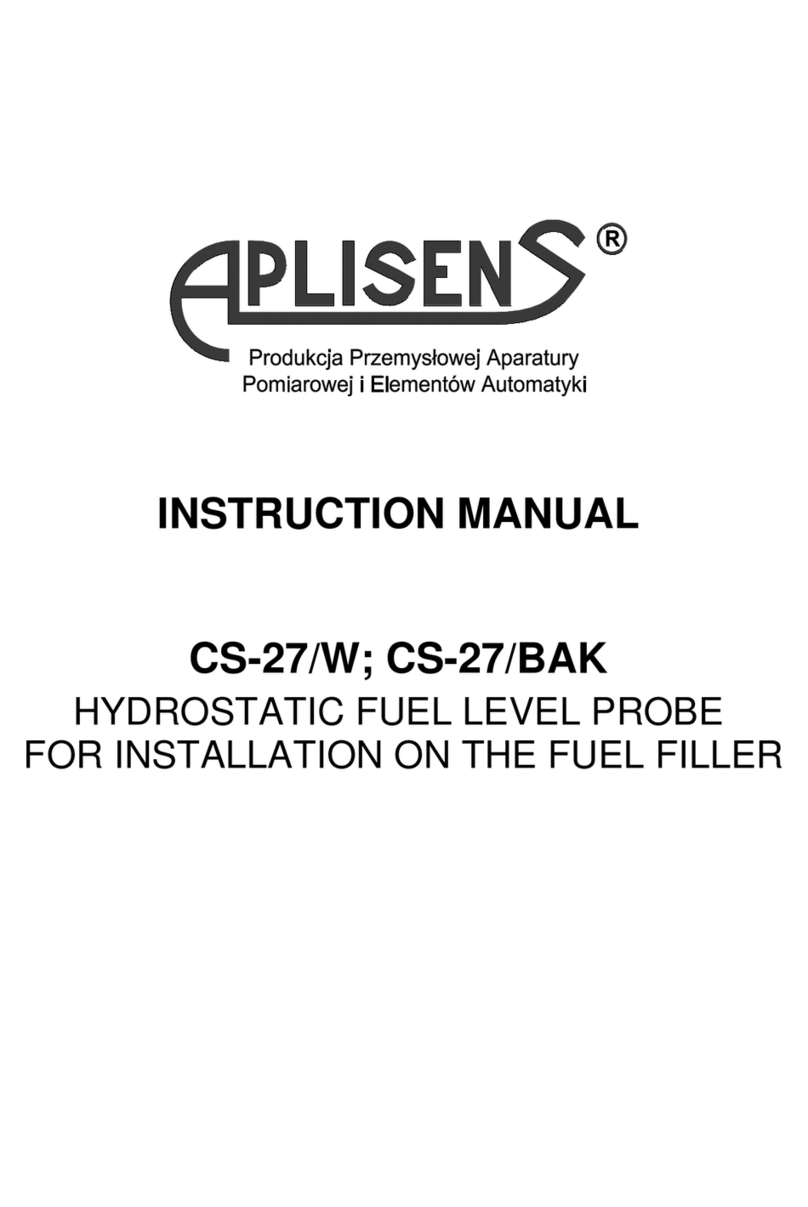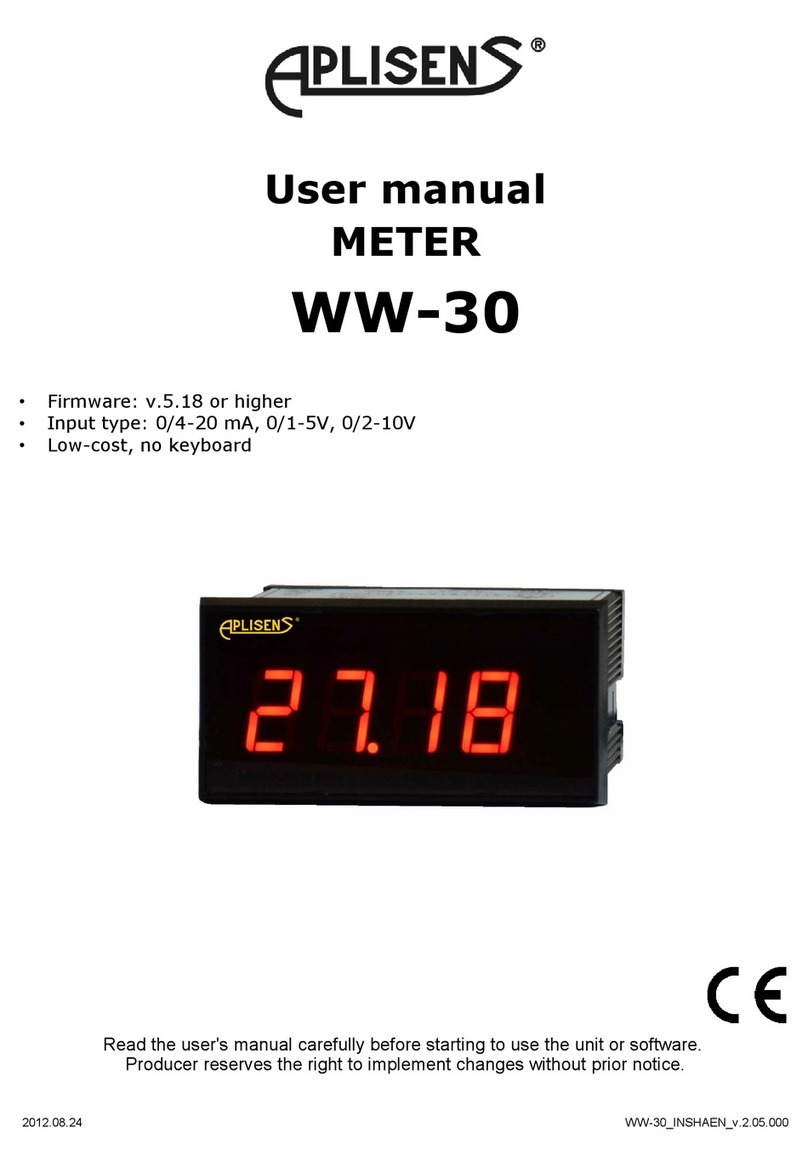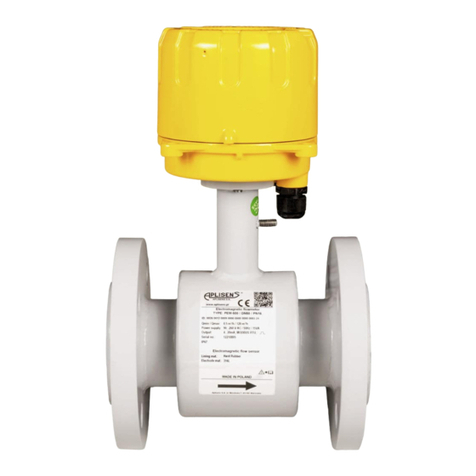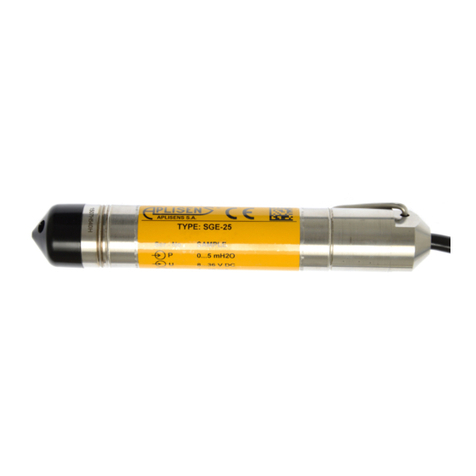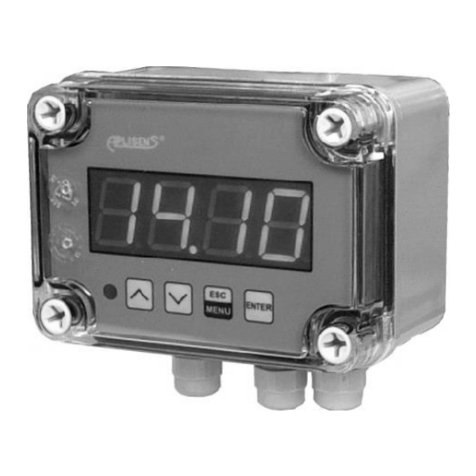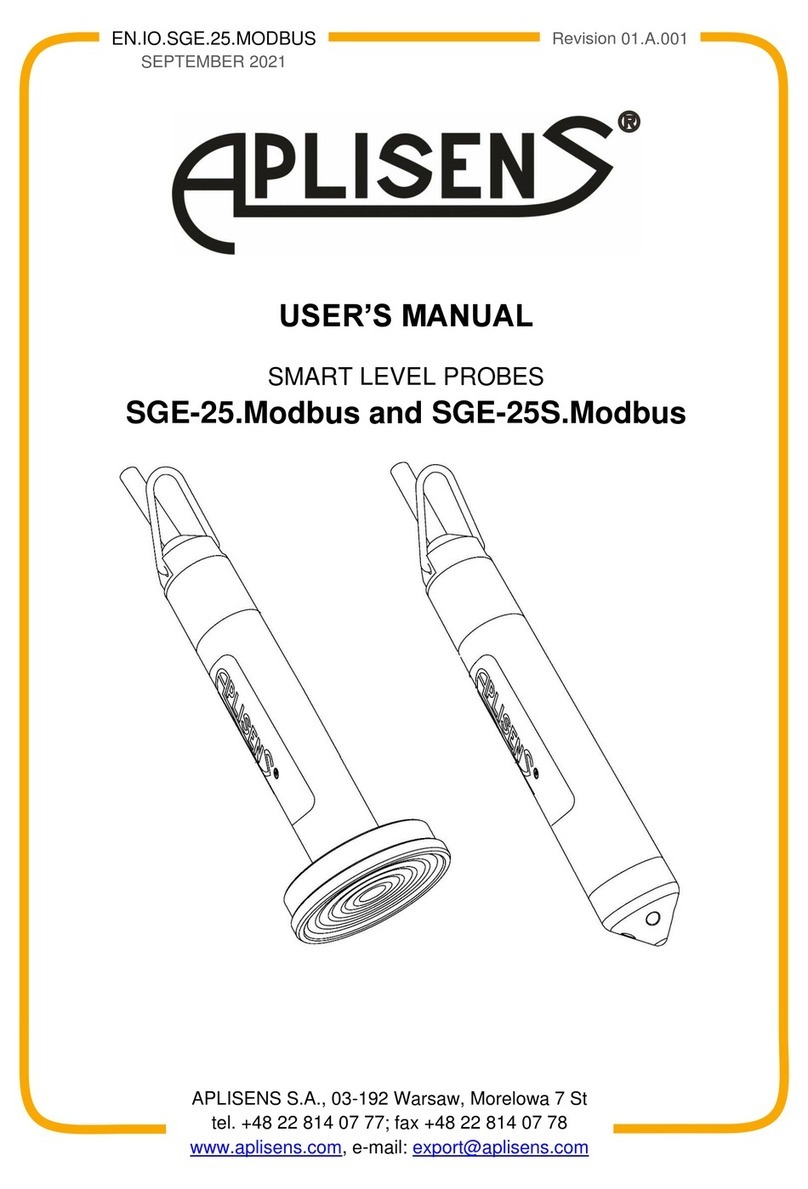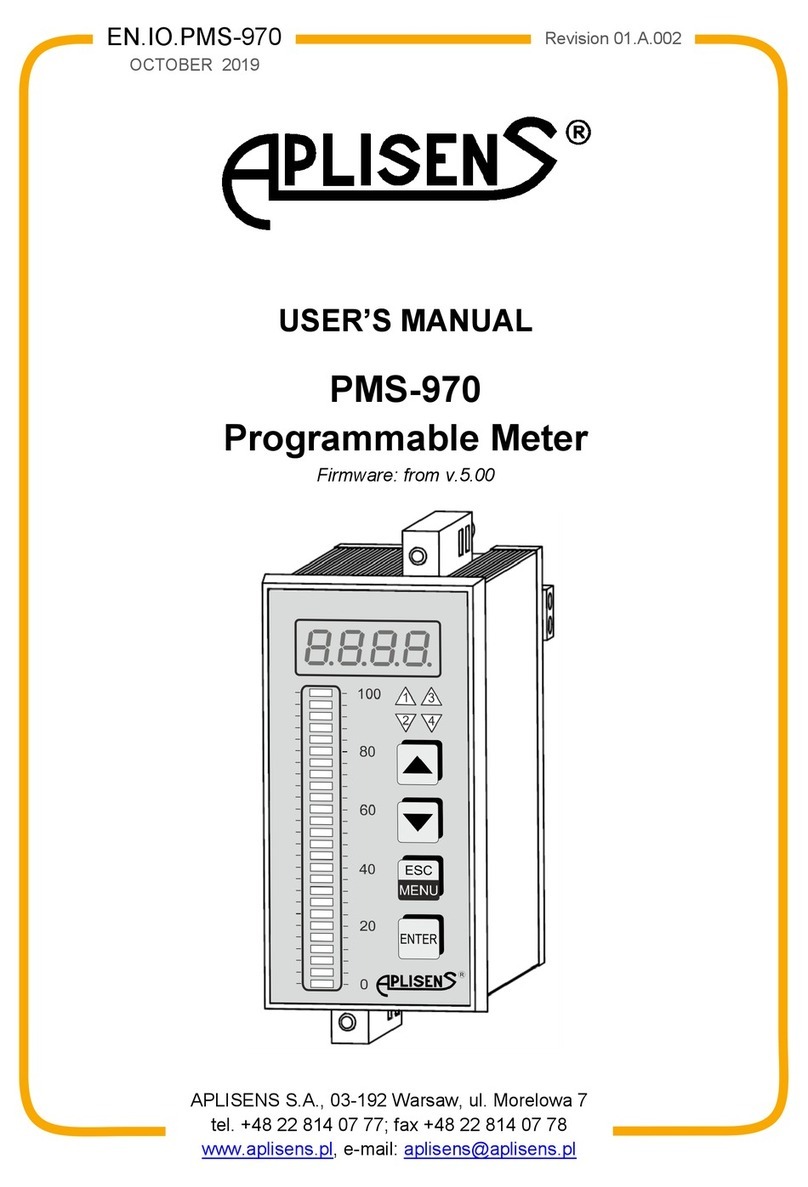E3 1 DTR.SG...05(ENG)
CONTENTS
I. APPENDIX EX.03 (SGE–25.SMART, SGE–25S.SMART, SGE–25C.SMART) ................................2
II. APPENDIX EX.04 (SGE–25, SGE–25S, SGE–25C).........................................................................5
1. INTRODUCTION..............................................................................................................................8
2. USER MATERIALS..........................................................................................................................8
3. APPLICATIONS OF PROBES.........................................................................................................8
4. IDENTIFYING MARKS. ORDERING PROCEDURE.........................................................................8
5. TECHNICAL DATA..........................................................................................................................9
5.1. TECHNICAL DATA.SGE-25.SMART, SGE-25S.SMART, SGE-25C.SMART, SGE-25S.SMART/TITAN
PROBES ...................................................................................................................................................... 9
5.2. TECHNICAL PARAMETERS OF THE SGE-25............................................................................................. 10
5.3. TECHNICAL PARAMETERS OF THE SGE-25S, SGE-25C.......................................................................... 11
5.4. TECHNICAL PARAMETERS OF THE SGE-16............................................................................................. 11
5.5. SGE-25, SGE-16, SGE-25S, SGE-25C. ELECTRICAL PARAMETERS....................................................... 12
5.6. CONSTRUCTION MATERIALS:(FOR WHOLE PROBES)................................................................................ 12
5.7. INGRESS PROTECTION RATING .............................................................................................................. 12
6. TECHNICAL DESCRIPTION..........................................................................................................13
6.1. PRINCIPLES OF OPERATION.................................................................................................................. 13
6.2. CONSTRUCTION .................................................................................................................................. 13
6.3. ELECTRONIC CIRCUIT OF THE PROBES.................................................................................................... 13
7. PLACE OF INSTALLATION ..........................................................................................................13
7.2. HIGH AND LOW AMBIENT TEMPERATURES AND MEDIUM TEMPERATURES................................................... 13
8. INSTALLATION AND CONNECTION............................................................................................14
8.1. MECHANICAL INSTALLATION.................................................................................................................. 14
8.2. ELECTRICAL CONNECTION.................................................................................................................... 14
9. SETTINGS AND REGULATION.....................................................................................................14
9.1. SETTINGS OF SGE-25,SGE-16, SG-25C, SGE-25S PROBES................................................................ 14
9.2. SETTINGS OF SGE-25.SMART, SGE-25S.SMART, SGE-25S.SMART/TITAN PROBES.......................... 14
9.3. SGE-25.SMART, SGE-25S.SMART, SGE-25S.SMART/TITAN. MEASUREMENT RANGES.DEFINITIONS. 14
9.4. CONFIGURATION AND CALIBRATION....................................................................................................... 15
10. INSPECTIONS, REPAIRS AND SPARE PARTS...........................................................................15
10.1. REGULAR INSPECTIONS...................................................................................................................... 15
10.2. ADDITIONAL INSPECTIONS .................................................................................................................. 15
10.3. SPARE PARTS................................................................................................................................... 17
11. PACKING, STORAGE AND TRANSPORT....................................................................................17
11.1. PACKING,TRANSPORT....................................................................................................................... 17
11.2. STORAGE ......................................................................................................................................... 17
12. GUARANTEE.................................................................................................................................17
13. SCRAPPING, DISPOSAL ..............................................................................................................17
14. ADDITIONAL INFORMATION........................................................................................................17
15. LEVEL PROBE WITH INTERNAL TEMPERATURE SENSOR PT100...........................................17
16. FIGURES .......................................................................................................................................18
FIGURE 1. SGE-25.SMART AND SGE-25S.SMART PROBES –DIMENSIONS .................................................. 18
FIGURE 2. SGE-25.SMART AND SGE-25S.SMART PROBES –CONNECTION METHOD .................................... 18
FIGURE 3. SGE-25, SGE-16, SGE-25C AND SGE-25SPROBES –DIMENSIONS.............................................. 19
FIGURE 3A. CONNECTION OF SGE-25,SGE-16, SGE-25S AND SGE-25C IN A TWO-WIRE SYSTEM (4…20MA
OUTPUT SIGNAL)........................................................................................................................................ 19
FIGURE 4. SGE-25, SGE-16, SGE-25C PROBES IN LOW VOLTAGE VERSIONS –DIMENSIONS ............................ 20
FIGURE 4A. CONNECTION OF SGE-25, SGE-25S AND SGE-25C IN A THREE-WIRE SYSTEM (0…10V OUTPUT
SIGNAL) .................................................................................................................................................... 20
FIGURE 5. THE PROBE IN EX-VERSION WITH A CABLE WITH TEFLON SHIELD....................................................... 21
